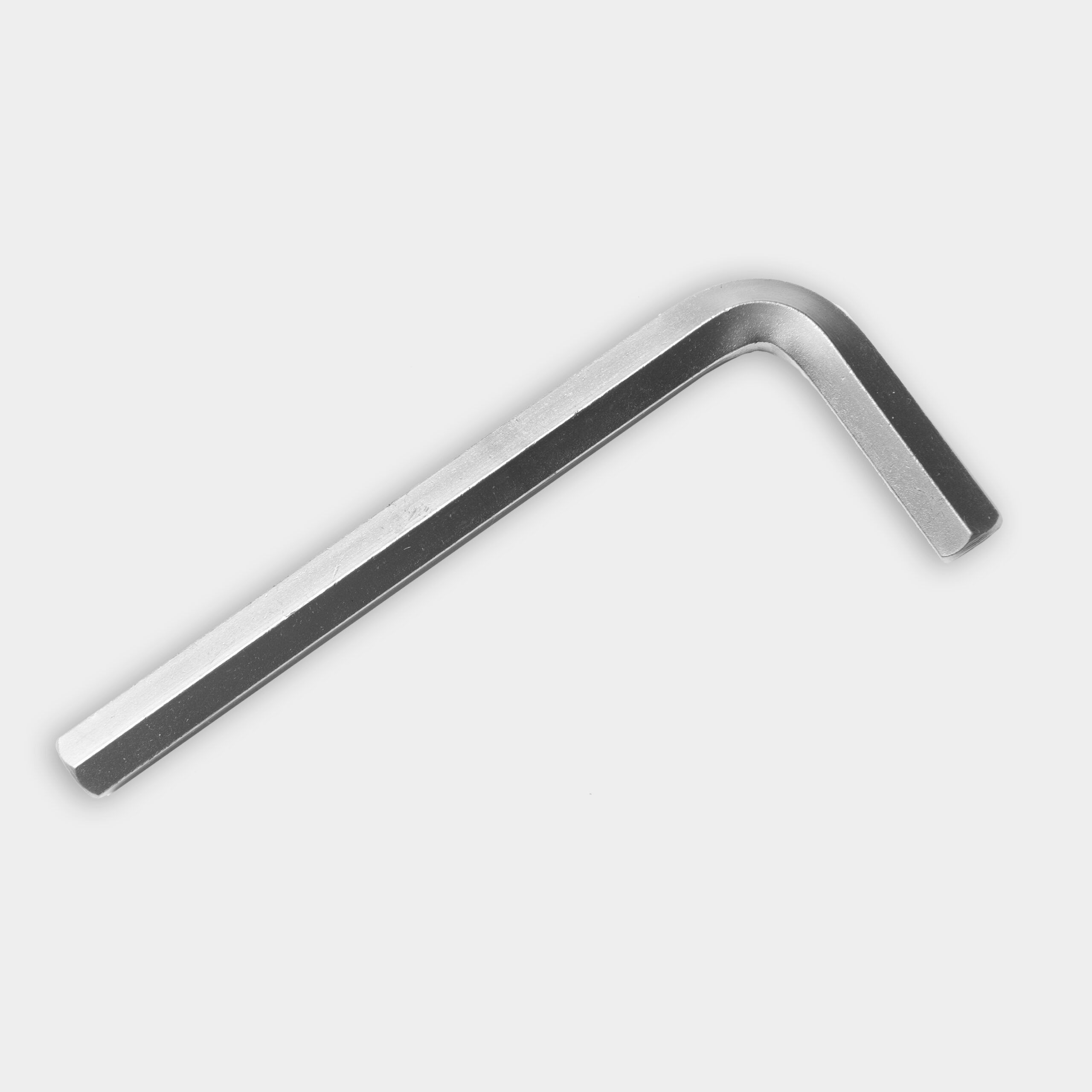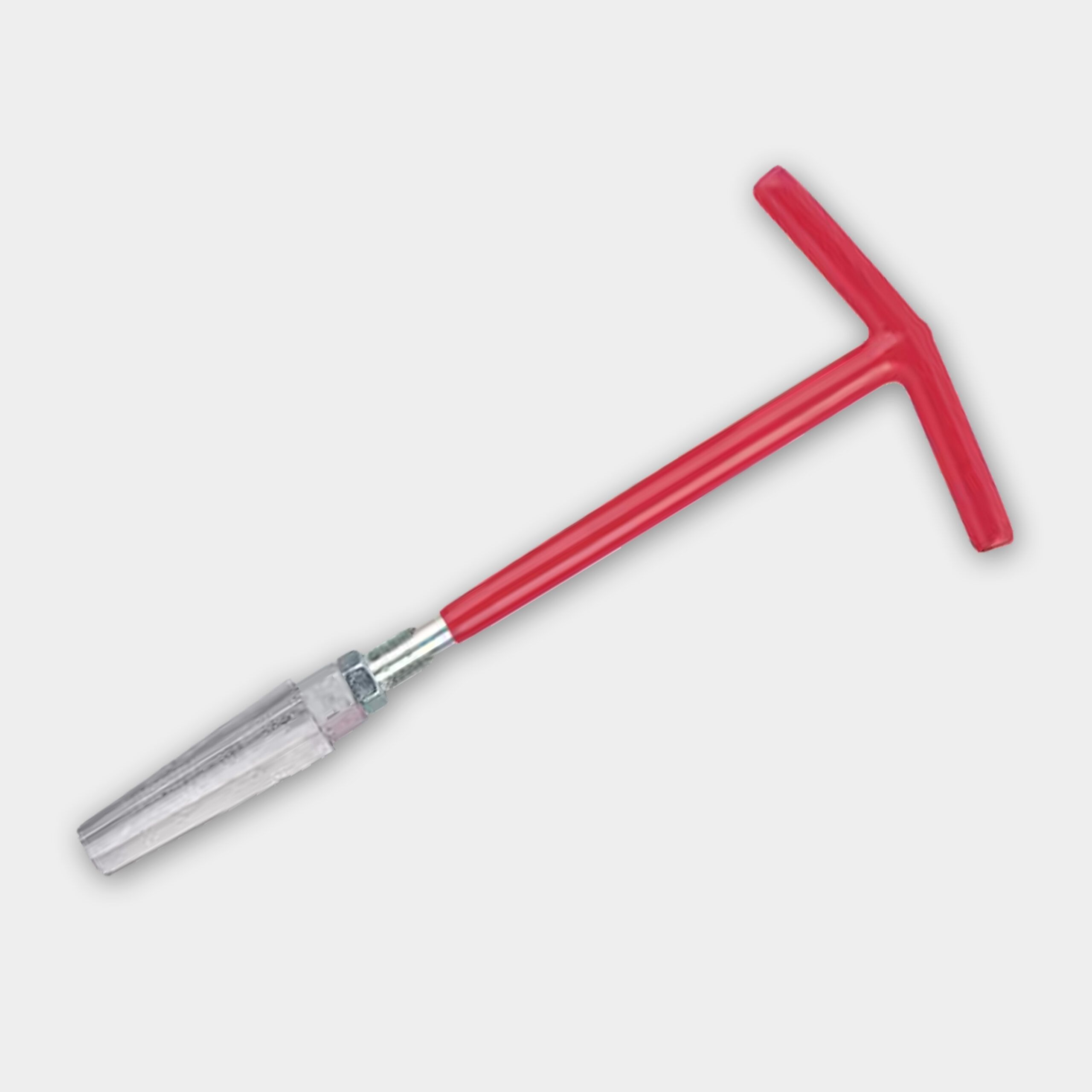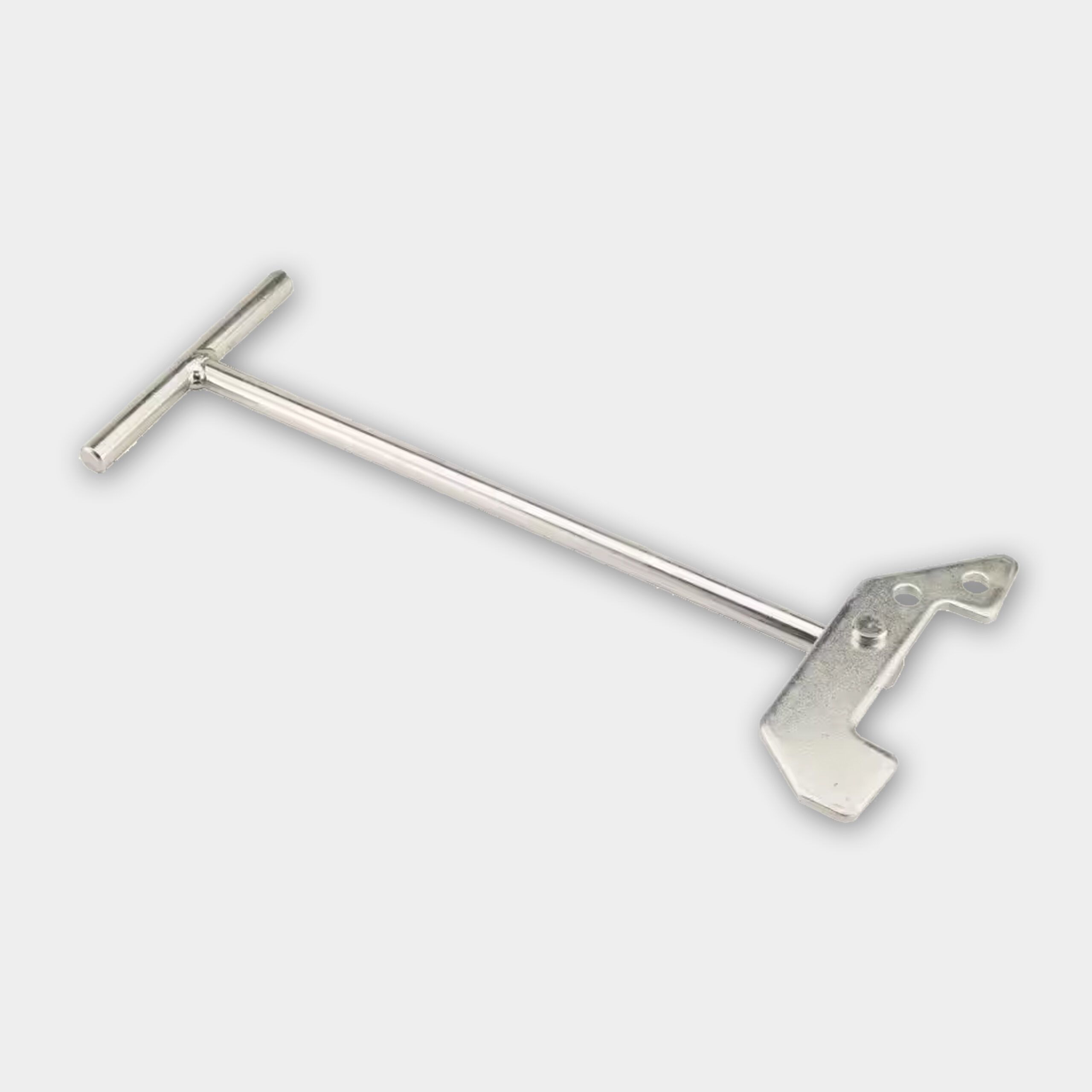A garbage disposer is a handy kitchen appliance that can grind your food waste into small particles that are small enough to flow through your plumbing. There are many varieties from which you can choose, and trying to decide which is best for you can be a daunting task. Read our guide below to learn about different types of garbage disposers, how each functions, and which is best for you and your needs.
Types of Garbage Disposers
Garbage disposers are available in various models that have different features and price points. Understanding the options available can help you to make an informed decision for you and your needs in the kitchen.
Basic Models
The most affordable garbage disposers are basic models with simple designs. These units typically include the following features:
- 1/3 horsepower motors
- Basic grinding mechanisms
- No sound insulation
- Prices that start around $124*
These models can handle light food waste, but they may struggle with tougher, more substantial scraps. They’re also noisier than more advanced options. Basic disposers are most suitable for small households or individuals who don’t generate a lot of food waste. Make sure you install any disposers correctly to prevent leaks.
*Cost information based on 2024 reports from The Home Depot and Angi.
Mid-Range Models
Mid-range disposers perform more successfully than basic models and include additional features:
- 3/4 horsepower motors
- Anti-jamming mechanisms such as auto-reverse
- Prices that start around $370
- Sound insulation for quieter operation
These models are suitable for most households. They’re powerful, reliable, and reduce noise. The anti-jamming feature, which automatically reverses the grinder’s direction upon encountering resistance, is especially appealing. It reduces the risk of blockages and extends the lifespan of the disposer.
High-End Models
Top-of-the-line disposer models include the following features:
- 1 horsepower motors
- Advanced anti-jamming features
- Batch feed operation for improved safety
- Improved sound insulation
- Prices that start around $645
These models can handle tough food waste, and are especially quiet. The batch feed feature requires an operator to use a special cover to activate the disposer, which makes this model particularly safe. High-end models minimize accidents and prevent large objects from entering the unit.
Choosing the Right Disposer
Think about the factors below when deciding between different garbage disposers:
- Available space under your sink: Make sure there is enough space for you to install and access the device.
- Budget constraints: Balance the features you need with what you are willing to spend.
- Household size and cooking habits: Larger households may benefit from powerful models.
- Noise tolerance: Choose models with sound insulation if you want quiet operation.
- Plumbing system compatibility: This is especially important for homes with septic systems.
There are even models that release enzymes to help break down food waste before it reaches the septic tank.
Proper Garbage Disposer Maintenance and Use
Follow the guidelines below to keep your disposer running smoothly.
- Avoid grinding fibrous or stringy foods: Foods such as celery, corn husks, and artichoke leaves can wrap around the blade and cause jams.
- Avoid overloading the unit: Introduce food waste gradually rather than all at once to prevent strain on the motor.
- Clean the disposer regularly with ice cubes and citrus peels: Ice scrapes the inner sides of the grinding chamber, and citrus peels freshen the odor.
- Never put non-food items down the disposer: Don’t put utensils, glass, or highly fibrous materials down the disposer.
- Run cold water before, during, and after use: Cold water helps to solidify greasy substances so the disposer can grind them more effectively.
Dealing with Disposer Jams
Jams can occur even if you maintain your system correctly. Use the strategies below to address jams:
- Turn off the power to the disposer: Unplug the unit or switch off the circuit breaker.
- Use the provided hex wrench in the bottom hole: Manually turn the grinding plate to dislodge stuck items.
- Press the reset button on the bottom of the unit: This will reset the motor after you’ve cleared a jam.
- If the jam persists, use specialized tools: Use a disposer wrench or extractor tool to remove tough obstructions.
- Never reach into the disposer with your hand: This is extremely dangerous and you should avoid it at all costs.
You can use wooden dowels and swivel-jaw disposer wrenches to safely clear disposer jams. These tools allow you to safely tackle even the most stubborn blockages.
Signs It’s Time for a New Disposer
Consider replacing your device if you experience any of the issues below.
- Frequent jams or clogs: Continuing issues can indicate that the disposer is wearing out.
- Ineffective grinding of food waste: When the disposer struggles to break down food, it probably means the blades are dull or the motor is weakening.
- Leaks from the unit: Seals that fail over time can lead to water damage under your sink.
- Persistent odors: A foul smell that doesn’t go away even after you’ve cleaned the system means particles have become trapped. It could also mean there’s internal wear.
- Unusual noises or vibrations: Loud or strange noises suggest that there might be mechanical issues.
Most garbage disposers last between 8–15 years, depending on how frequently you use them and how well you maintain them. Regular inspections can help you catch potential issues early so that your device doesn’t suddenly fail.
Tools
You may need to following tools for your garbage disposal installation:



